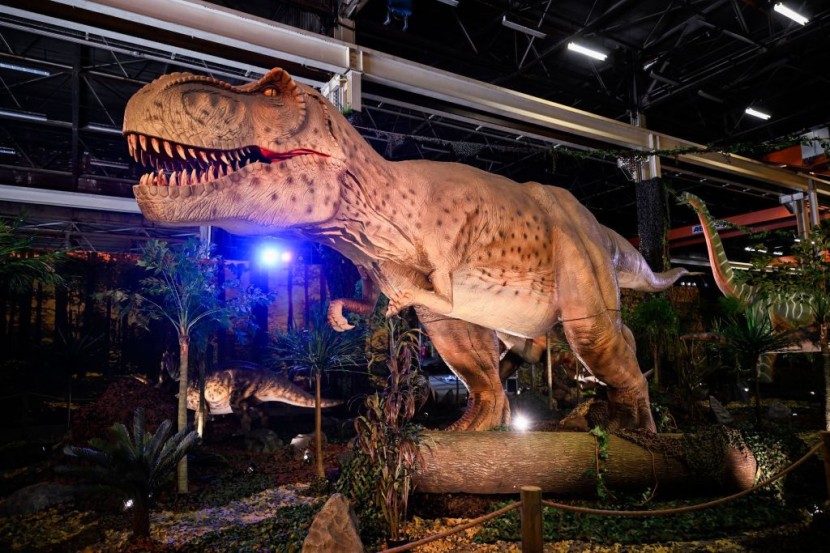
Dinosaurs had reached their ultimate evolution when the extinction level event occurred; the mammals survived due to this.
Dinosaurs Were at the Apex When They Died
The study's findings provide the strongest evidence that when the dinosaurs were struck down when the Chicxulub asteroid hit, dinosaurs were in their prime, reported SciTech Daily.
Researchers have long questioned how it is that non-bird dinos, such as Tyrannosaurus rex and Triceratops, had been exterminated while mammals and other lifeforms, such as turtles and crocodiles, did survive.
The research evaluated 1,600 fossil documentation from North America under the direction of an interdisciplinary consortium of paleontologists and ecologists.
Scientists patterned the food supply and ecological habitats of land-living and freshwater animal life in the last several million years of the Cretaceous and the first few million years of the Paleogene era, just after the event happened, noted EurekAlert.
Extinction-Level Event Changed the Earth
For a certain time, paleontologists have recognized that so many smaller animals lived peacefully with the dinos. Nevertheless, this study shows that all these mammals have been broadening their diets, adapting to their surroundings, and becoming more essential parts of ecologies as the Cretaceous emerged.
The dinosaurs, in the meantime, must have established steady specializations to which they had remarkably become well adapted until the extinction-level event.
Analysts claim that mammals didn't merely take full advantage of the dinos dying. By diversifying and trying to fill innovative ecosystems, continuing to develop extra diverse dietary habits and behavior patterns, and rapidly able to adapt to tiny climatic variations, they were working to develop their benefits.
These characteristics helped them to stay alive because they were better equipped than the dinos to come to grips with drastic and disruptive destruction caused by the asteroid, citing Science Daily.
The first author, Jorge Garca-Girón, has been affiliated with the University of Leon in Spain as well as other organizations, said the study paints a convincing picture of the environmental configuration, nutrient cycles, and niche of the final dino ecological systems of the Cretaceous era and the first mammal-dominated biosphere having followed the asteroid strike.
It enables us to unravel another of the age-old conundrums of fossils; why all of the non-bird dinosaurs died, and yet birds and mammals endured.
Alfio Alessandro Chiarenza, another author from the University of Vigo, Spain, and other institutions asserted the steady ecosystems of the last dinos genuinely impeded their continued existence in the aftermath of the asteroid strike, that suddenly and unexpectedly altered the ecosystems regulations of the period.
Whereas a few birds, mammals, crocodilians, and turtles had initially been best adjusted to unsteady and instantaneous transitions throughout their ecosystems, that may have made them stronger and able to survive even before things quickly turned terrible once the event occurred.
Professor Steve Brusatte, a senior author at the University of Edinburgh, noted that they were going strong, with stable ecological systems, until the space rock unexpectedly killed them off.
In the meantime, mammals have been expanding their dietary habits, ecosystems, and behavioral patterns while dinos were still alive. It wasn't merely that mammals took control of the lizards dying, but they were also trying to make their benefits, which environmentally preadapted them to endure the annihilation and start moving into specializations left vacant by the dead dinosaurs.
Dinosaurs were at their prime and died in an extinction-level event that allowed more versatile animals to survive.
Related Article: Mammalian Ancestors Were About To Take Over But Killer Asteroid Wiped Out Dinosaurs First








